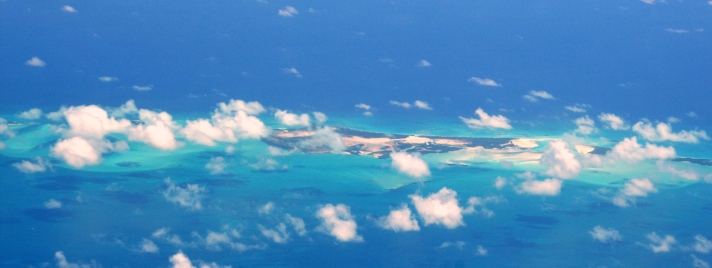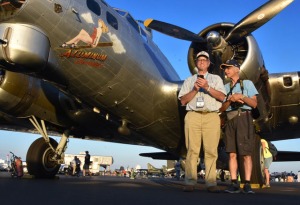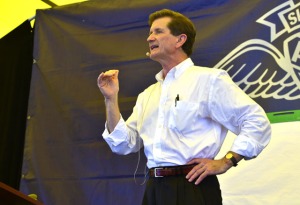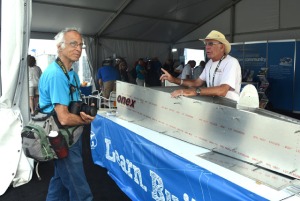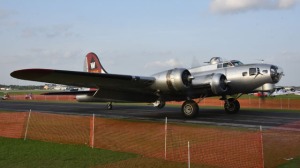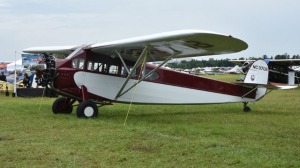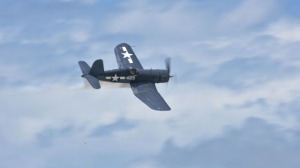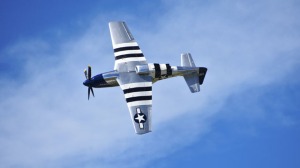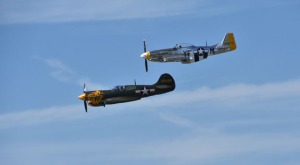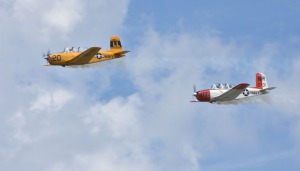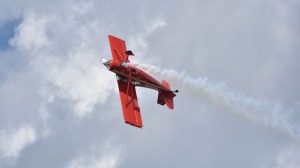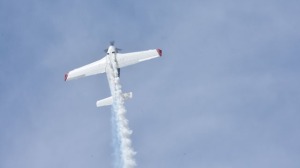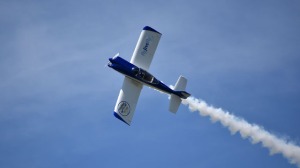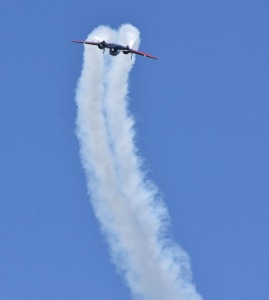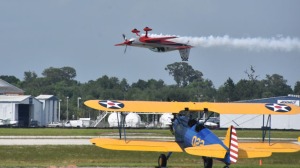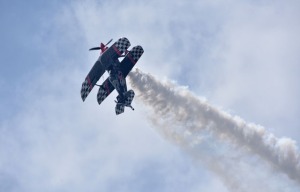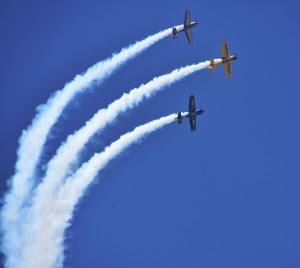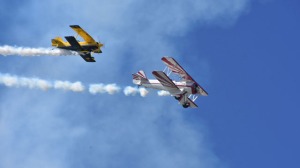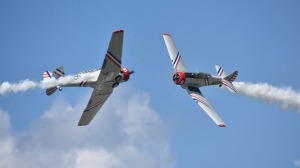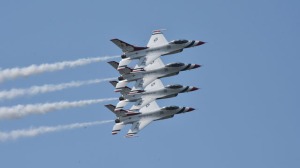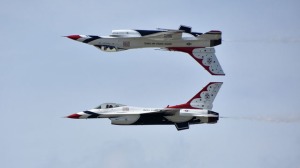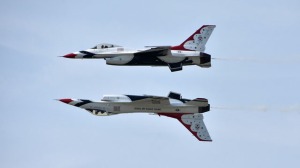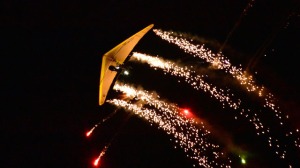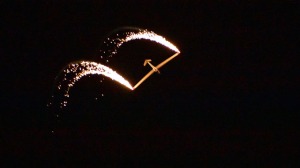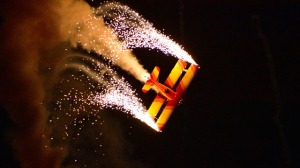Thanks for tuning in for a quick report on our amazing club.We are strong and growing and benefit greatly from the generosity and talent of so many people. East Hill’s strength is certainly its wonderful members. The airplane cover donated for our Mooney today is a perfect example. That same member donated the large screen TV years ago we still use for our seminars and presentations. Another person donated the beautiful canopy at our front door and also the floor and cabinets in the kitchen. Where would we be without this generosity?
 Other generous members have donated time and money to create our aviation foundation that has given several scholarships to our local students. When I travel regionally or nationally, I see so many other flight schools struggling to survive. When I tell them about our growth and the new foundation, they are amazed. Aviation is alive and well in Ithaca thanks to you. I especially want to thank Larry Baum, Mike Meador, and Mike Carman, who are all leaving the board this year. They all worked very hard to make this foundation a reality as did member Mark Sanford. Thanks also to Mike Shay (we refused to let him leave), who guided our financial recovery over the last 8-10 years. (This same talented fellow rebuilt the SeaBee you see at our events.)
Other generous members have donated time and money to create our aviation foundation that has given several scholarships to our local students. When I travel regionally or nationally, I see so many other flight schools struggling to survive. When I tell them about our growth and the new foundation, they are amazed. Aviation is alive and well in Ithaca thanks to you. I especially want to thank Larry Baum, Mike Meador, and Mike Carman, who are all leaving the board this year. They all worked very hard to make this foundation a reality as did member Mark Sanford. Thanks also to Mike Shay (we refused to let him leave), who guided our financial recovery over the last 8-10 years. (This same talented fellow rebuilt the SeaBee you see at our events.)
From our annual meeting I can report we are in the best financial position we have enjoyed in the last 10 years. First, we welcomed new board members Bill Childres, Emma Newman, Michael Heise and Dan Asselin. Financially, the decrease in fuel cost generated some surplus which our increased maintenance cost (from losing our own mechanic) ate up (we are supposed to break even after all). Fortunately, the additional instructor staff led to more time available and the flight hours increased 14% over last year. Most of the flying again however is in the school and the increase in owner-members (now 36) means there is less recreational flying of our planes.
Our membership is growing steadily at 270 members. Many very generous people (some in other states) pay their monthly dues and support us (this keeps your costs and monthly fees reasonable). Others, as I mentioned, contribute regularly. Remember please your donations to our foundation, a 501(c)3 corporation, are usually tax deductible.
We now have a new C-152 ready to go into service (waiting for a radio) and we are negotiating a new engine for N6230Q at this moment. Just today we discovered a club member has a brand new 0-235 L2-C engine in a crate right here in town we can buy (you can’t make this stuff up) so our search might be simpler and quicker. We cerminil the cylinders in the trainers to prevent rust so they will be sent out for this process soon.
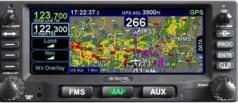 N97266 has been in the shop with a fuel tank leak (actually four) but when we get that plane back in service it will receive a new Avidyne 440 touch screen GPS. This is a 30 day trial so give it a workout and see if this is worth buying. One attractive feature is the Bluetooth connection with the iPad and the airways in the data base.
N97266 has been in the shop with a fuel tank leak (actually four) but when we get that plane back in service it will receive a new Avidyne 440 touch screen GPS. This is a 30 day trial so give it a workout and see if this is worth buying. One attractive feature is the Bluetooth connection with the iPad and the airways in the data base.
And yes, we are planning a new facility anticipating the approval of our recent grant proposal. Our current facility is the oldest building on the airport and needs an upgrade or replacement. Keep your fingers crossed and we will let you know soon how this project is progressing.
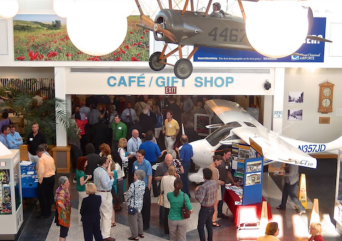 This year is my 30th at East Hill. What is amazing about that is all the other people who have also been here that long (or longer). We are an amazing aviation organization and the trust and commitment of all of us make this unique organization grow and move forward. Thanks for all you do for East Hill, your participation and flying. I will be in the Bahamas for a week (putting hours on our Mooney). I hope this wonderful Ithaca weather continues. Please join us at our Aviation Gala (with EAA Chapter 811) on February 27th. RSVP here!
This year is my 30th at East Hill. What is amazing about that is all the other people who have also been here that long (or longer). We are an amazing aviation organization and the trust and commitment of all of us make this unique organization grow and move forward. Thanks for all you do for East Hill, your participation and flying. I will be in the Bahamas for a week (putting hours on our Mooney). I hope this wonderful Ithaca weather continues. Please join us at our Aviation Gala (with EAA Chapter 811) on February 27th. RSVP here!

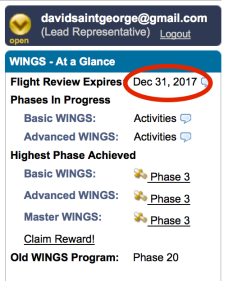
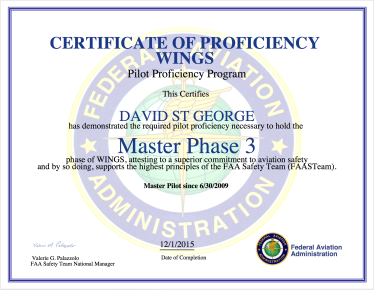




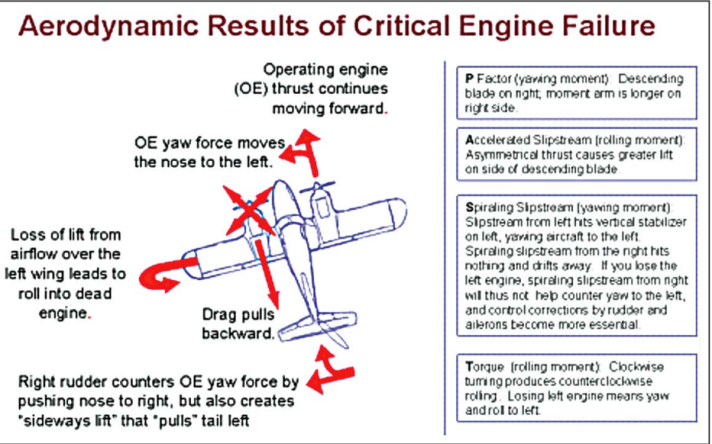

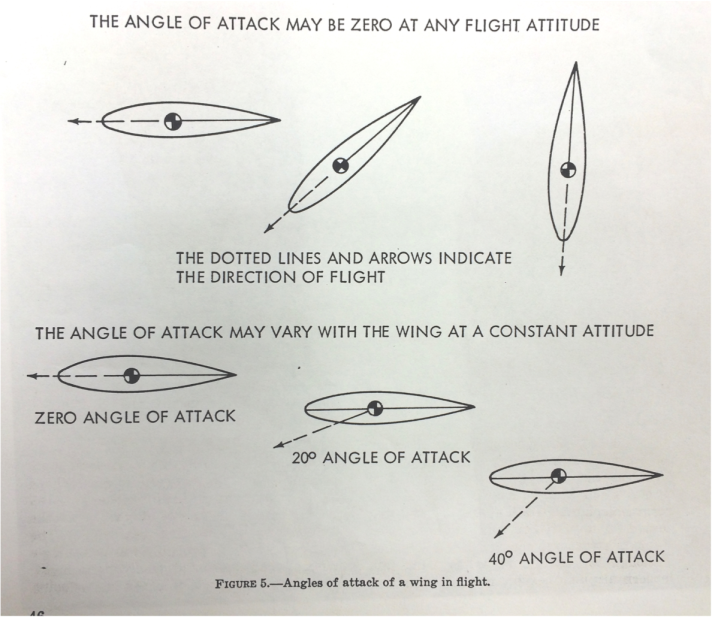
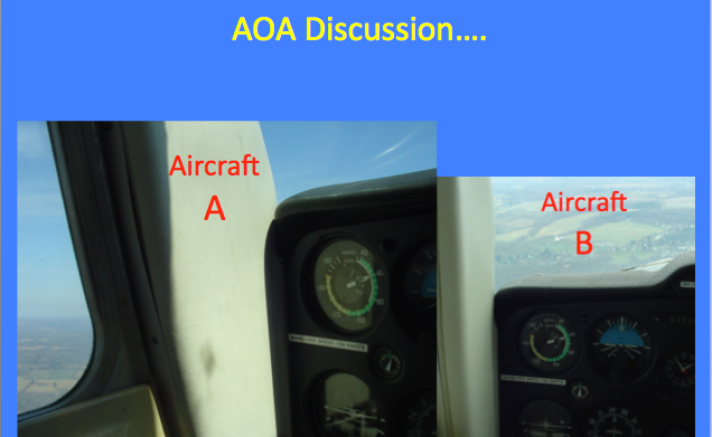
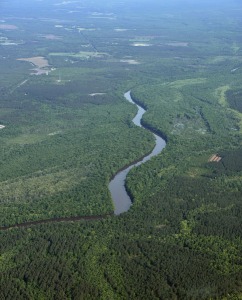


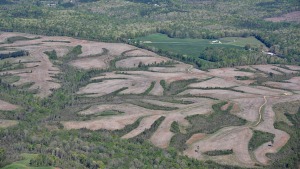

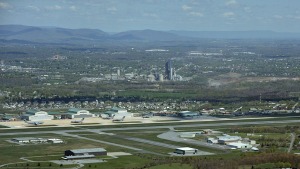
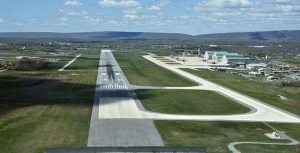

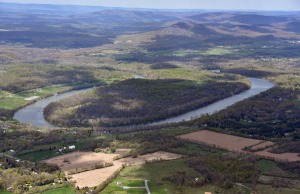
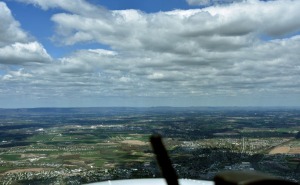
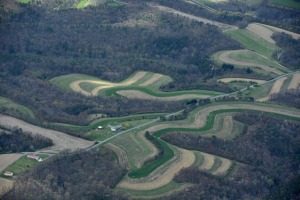

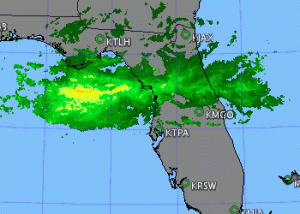
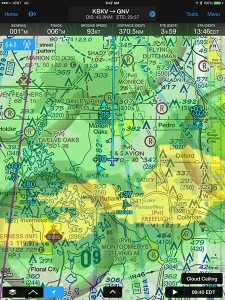
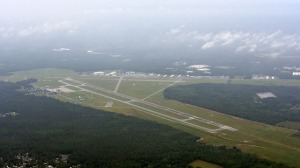
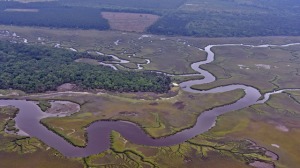
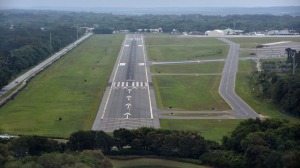
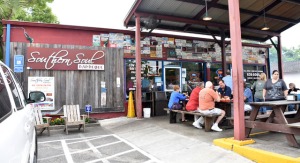

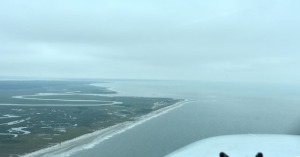




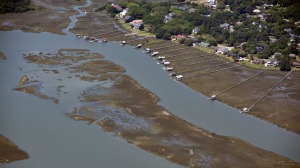

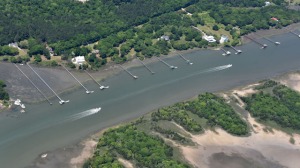

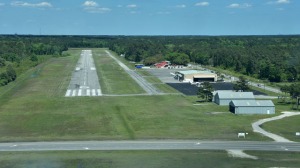
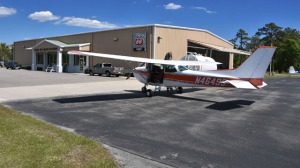
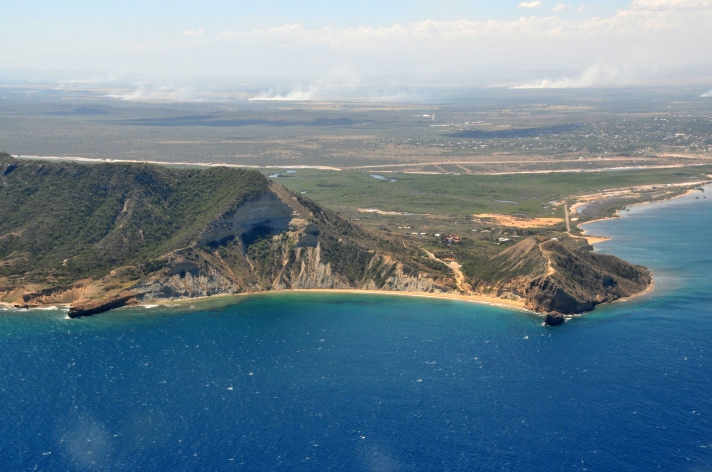
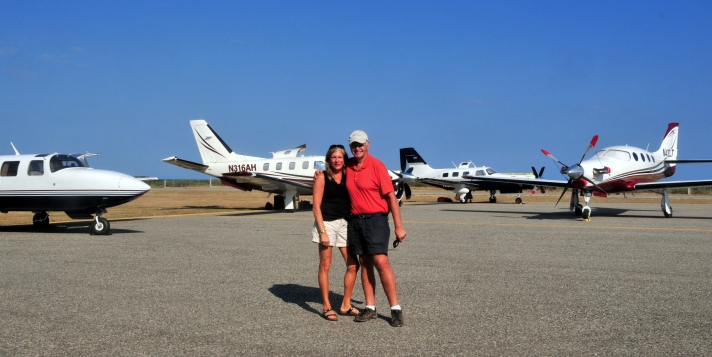
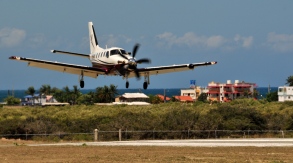
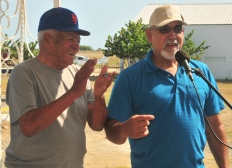
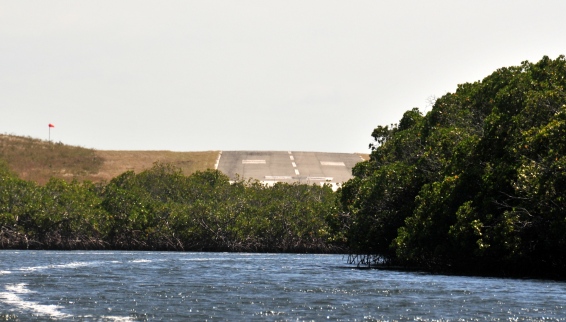
 er saying our goodbyes to all, we headed back out over the Caribbean. For us, we were headed to Tamiami FL, (KTMB) to clear customs and then over to Naples. We had learned that although the Dominicans required a hard copy international flight plan and they filed them, they probably wouldn’t get the departure times correct. So none of them were active. A number of us anticipated this (thanks Jim), and had filed electronic flight plans from teh Bahamas with an airborne pickup. So that’s why Flightaware doesn’t show our departure airport as Monte Christi. And it slightly confused our friends at Customs.
er saying our goodbyes to all, we headed back out over the Caribbean. For us, we were headed to Tamiami FL, (KTMB) to clear customs and then over to Naples. We had learned that although the Dominicans required a hard copy international flight plan and they filed them, they probably wouldn’t get the departure times correct. So none of them were active. A number of us anticipated this (thanks Jim), and had filed electronic flight plans from teh Bahamas with an airborne pickup. So that’s why Flightaware doesn’t show our departure airport as Monte Christi. And it slightly confused our friends at Customs.